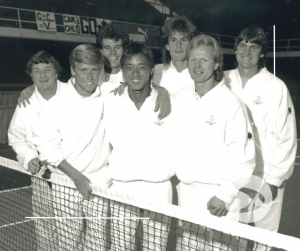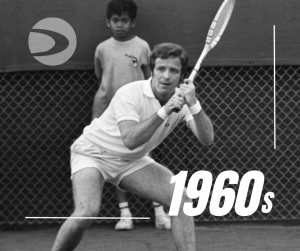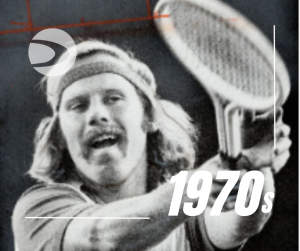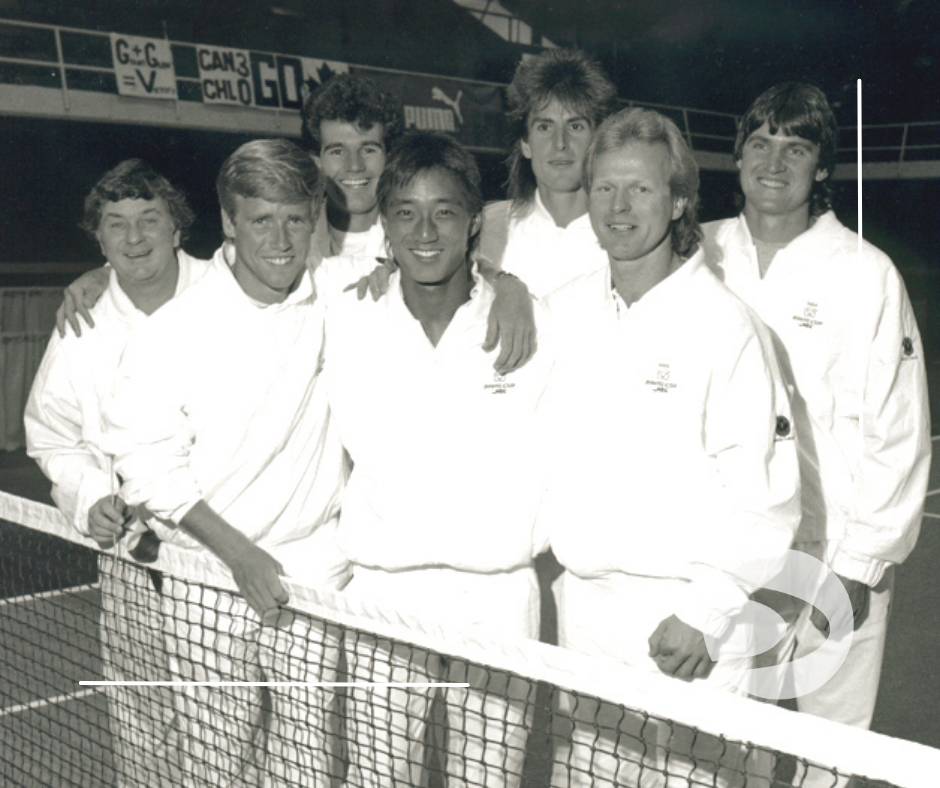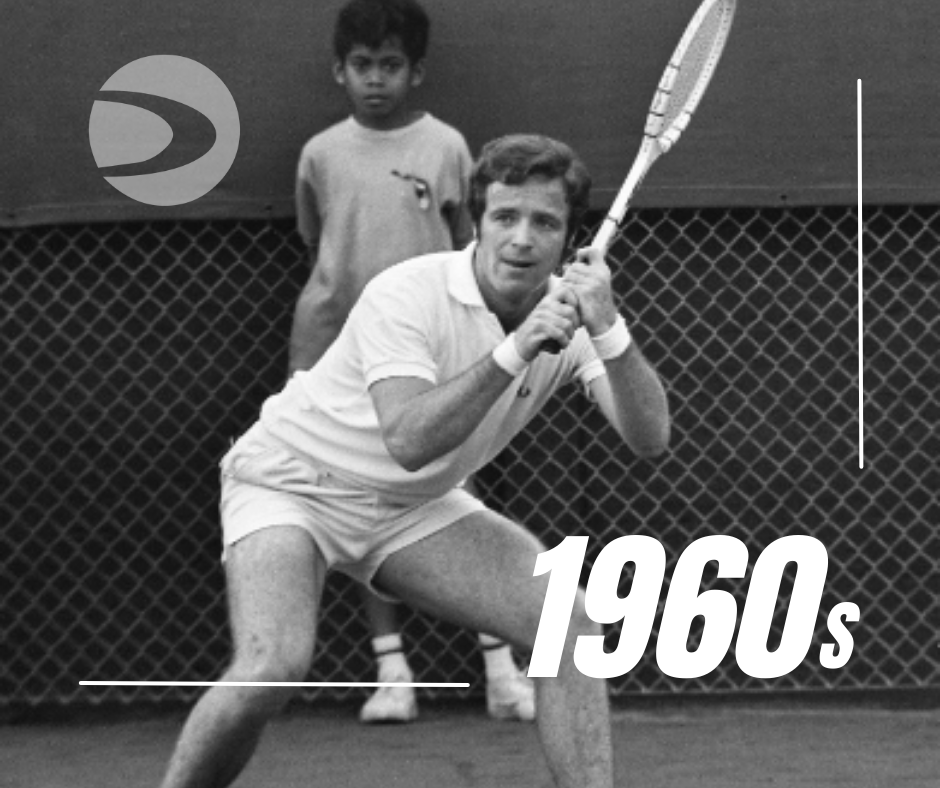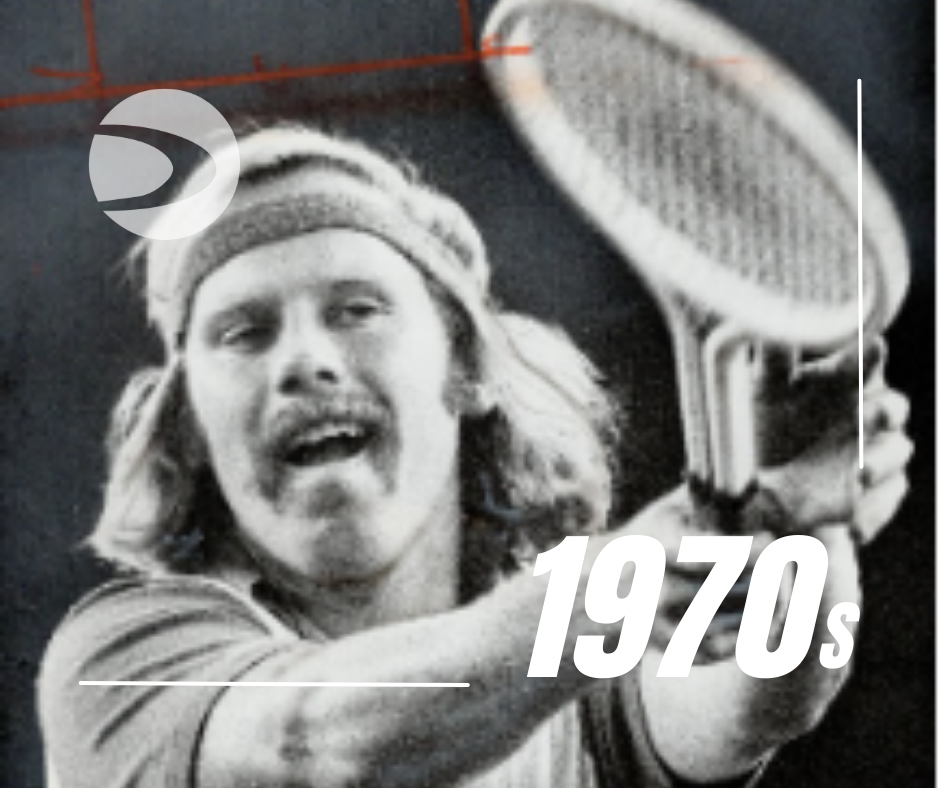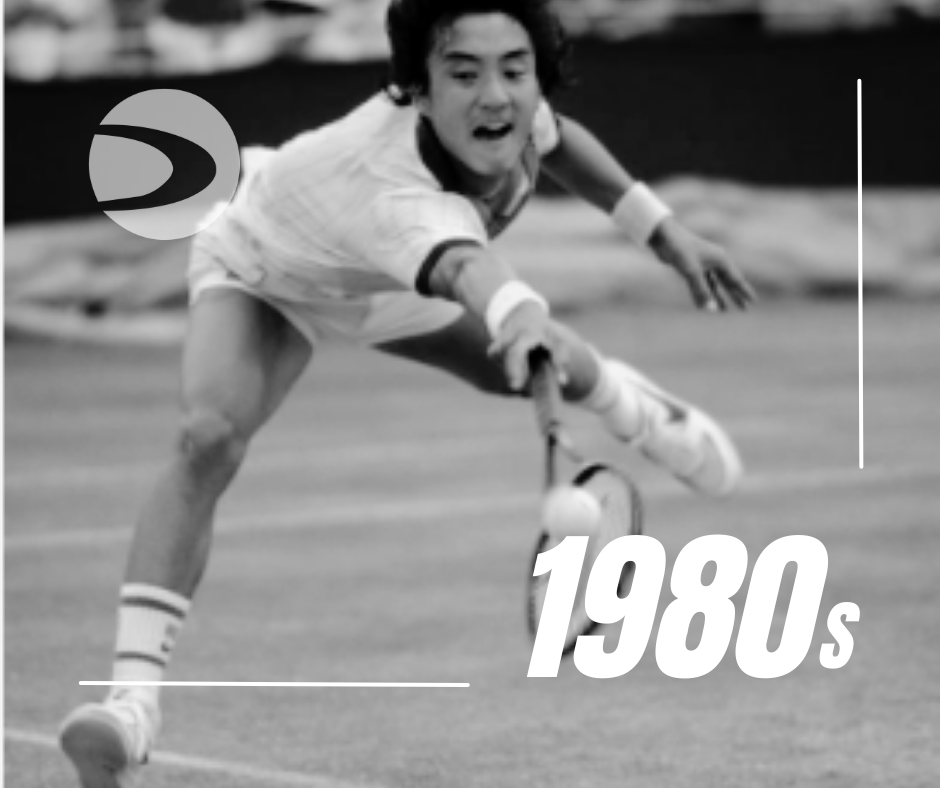BY CORKY CRAMER
Cramer lifts his fist as a sign of strength in triumph.
Triumph, to most of us invokes the thought of victory however it also can be defined as a grouping of three. In order to feel the emotions associated with a triumphant victory the odds will be in your favor if you use the triumph point plan. Think and play in threes.
When competing it’s important to understand how to allocate your mental energy. I always try to think what will happen for the next three shots. Understanding this concept hopefully will enable you to focus your attention on the right things at the right time. Fear not for this is something that takes time to develop and can be learned in stages.
In my role as coach, it is important that I help players learn what are the best point combinations for them based on their existing tools. I will also expose them to tools they might need to develop in order to execute the grouping they’re thinking of.
Often I see people trying to mimic an Andreescu or a Shapovalov point yet lack any type of power on their groundstrokes. Hitting the ball with pace or no pace will obviously evoke a different response from your opponent. Seems simple, yet if you don’t have these pre-programmed patterns you’ll be forced to think too much during the heat of match play about what to do – rather than focusing on the pure execution.
Take this little quiz and see if we come to the same conclusions on each of the following points. Don’t be concerned if you don’t because there are hundreds of ways which you can pattern your shots.
Here are three examples of progressions I hope to create, see if you can imagine yourself in these sequences and then consider giving them a try next time you’re on court.
Point one: Against a right handed player the point is in progress when I hit a
Shot 1: Forehand deep hard topspin crosscourt = response a short high ball
Shot 2: Forehand on the rise flat down the line = response a backhand into the middle of the court
Shot 3: Forehand volley mid depth angle cross court for a winner
Point two Against a right handed player the point is in progress when I hit a
Shot 1: Backhand deep hard topspins cross court = response a wide return to my backhand
Shot 2: Backhand short heavy slice angled crosscourt = response the opponent struggles to get under ball so they pop it up
Shot 3: I move quickly to the mid-court and hit a crisp safe deep cross court volley into their forehand corner for a winner
Point three: Against a right handed player from the add court return of serve
Shot 1: Deep return of serve to their backhand = response a rally ball to my backhand
Shot 2: Backhand high moon ball crosscourt, upon finishing my follow through I move toward the service line in the middle of the court = response moon ball
Shot 3: Overhead or high volley from mid court for winner
So how do I know my shot 2 and 3 will happen? The answer is – I don’t know for sure, but if I had executed shot #1 as intended, the percentages are high. Using example 1: if my shot goes crosscourt and relatively deep, I’ll probably get a ball back to my forehand and I’ll be on red alert for my plan to be fulfilled.
If I did a great job of executing a deep hard shot I have to believe my opponent will have a tough time making it – most likely their ball will land short. This thought progression means that in order to be prepared for that short forehand, I need to have executed my shot #1 to perfection. If shot #2 falls into place # 3 looks pretty promising.
To make all this a reality I need to put as much of my mental concentration on executing shot #1 as possible. In classic tennis lingo simply stated I need to focus solely on the ball when I’m making my shot.
Prioritizing your brain power is a skill in itself. Tactics need to take center stage while you’re moving from point A to B on court. Pure mechanical concentration takes front and center when you’re stroking the ball. It takes a tremendous amount of discipline to keep these thought processes entering your conscience exclusively at the right time.
How many times have you missed a sitter because you were thinking about trying to outguess your opponent when in fact no guessing was really necessary because you had them beat dead to rights.
One of the fascinating parts of the game which often is overlooked is the speed at which you can call upon your knowledge of the game. The speed at which you need to change your point combinations because your initial execution didn’t hold up to its end of the bargain or perhaps your opponent was successful gambling on a low percentage shot.
The more clusters of patterns that you have in your library the less time you’ll be thinking about what or who. Ultimately this knowledge will free you up to focus on executing the shot needed to put you in the winning position. If I close my eyes I can hear my fellow coaches across the land summarizing these thoughts with
“Play the ball”, “Play it shot by shot” or “Watch the ball”, these are all very valuable words that are at the heart of our sport.
Hopefully this has helped you to better understand what goes on in the mind of a champion.
Corky Cramer
USPTA Pro 1
corkyc@sonic.net

